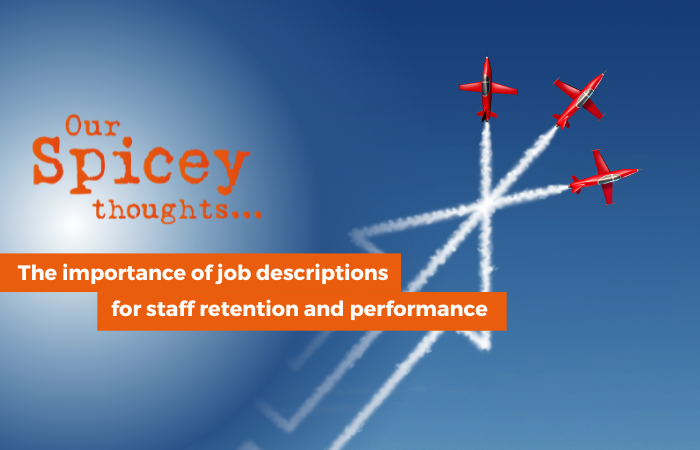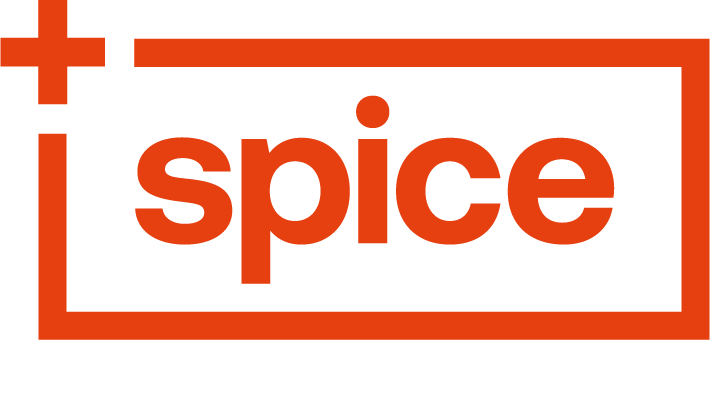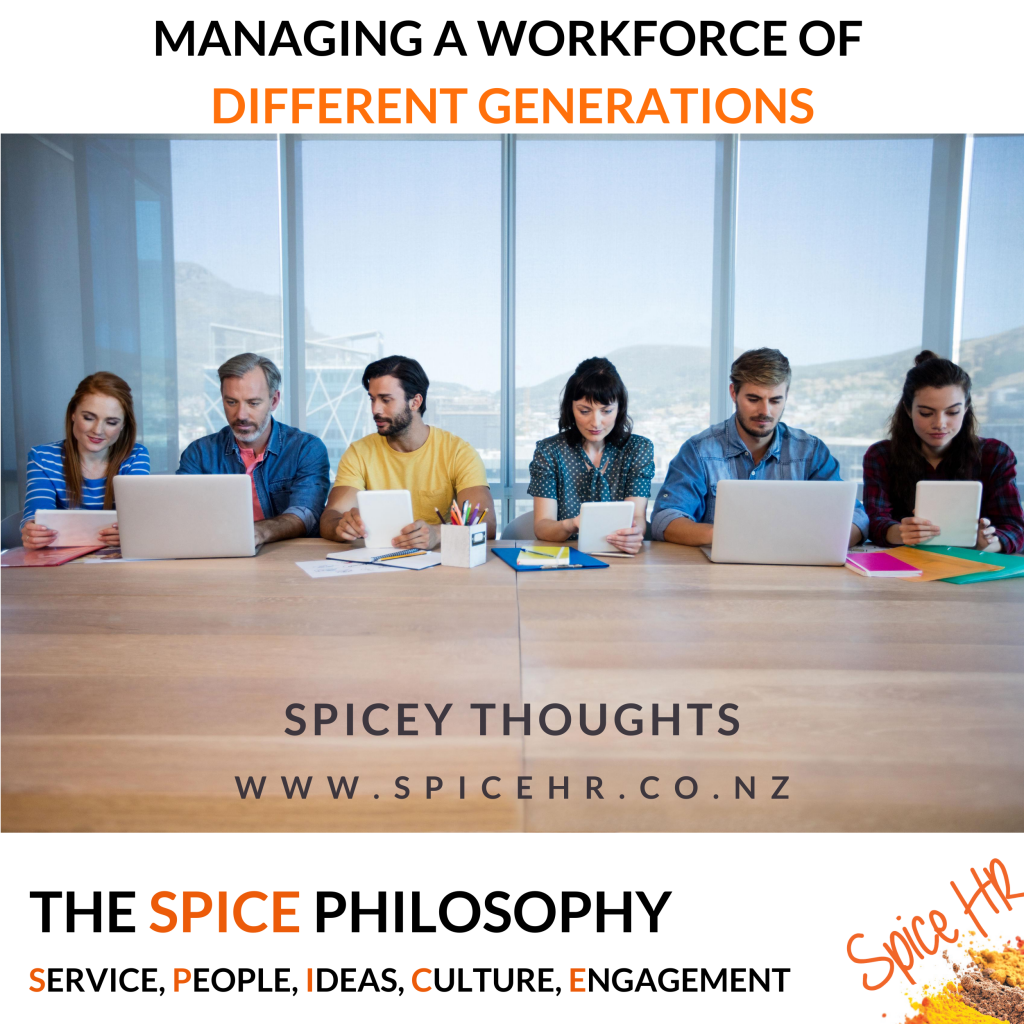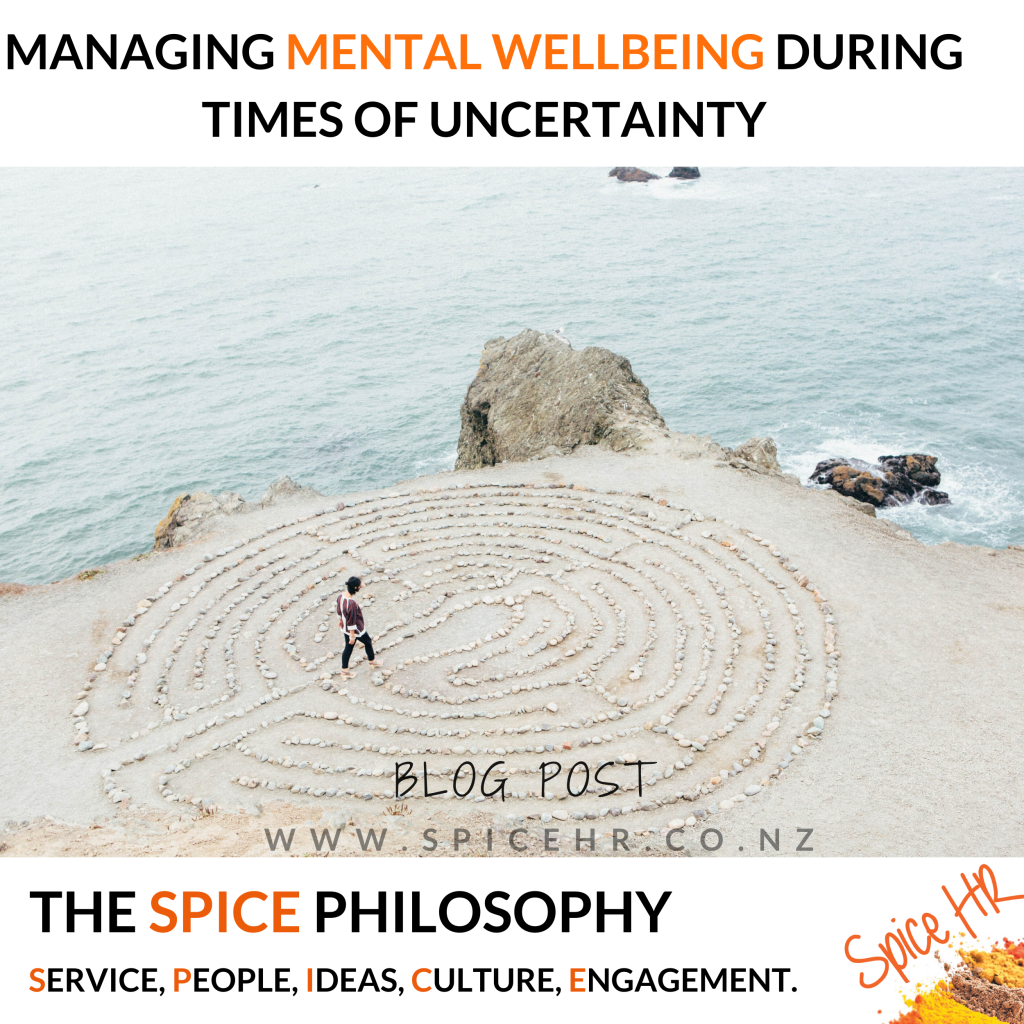
The Importance of Job Descriptions for Staff Retention and Performance
When was the last time you reviewed the job descriptions for your team? If it’s been a while, then you’re probably underestimating the importance of these often overlooked documents.
Every New Zealand business uses job descriptions (we hope!), as it’s a legal requirement to provide one for each employee. But many businesses fail to leverage them to their full potential.
Often, they end up tucked away in a virtual file, only to be dusted off and reviewed next time a position needs to be filled.
If this sounds familiar, it’s time to change the way you approach your job descriptions.
By keeping them up to date and using them as a management tool beyond the recruitment process, you can help shape your company culture, increase staff retention and performance, and future proof your business.
Here are some of the ways the not-so-humble job description can help level up your business.
Effective Recruitment
Job descriptions are most often put under the spotlight when it’s time to recruit for a role. So, this is the ideal time to ensure they are accurate and up to date.
This is your opportunity to attract someone who not only has the right skills for the job but is also the right fit for your company culture.
The more accurate the job description is, the better it will be at attracting high-quality candidates. This streamlines the entire recruitment process and makes it easier to select someone who will add value to your business.
Remember, cultural fit is just as important (if not more so) than skills fit. Skills can be taught or improved, but personal attributes are way less pliable!
Job descriptions are also important from a legal perspective. They can be used to demonstrate that there are legitimate, non-discriminatory considerations used in the hiring process.
Improved Staff Performance and Productivity
The recruitment process may be over, but the position description’s job is far from done! In fact, this is where the real spicy work begins.
We know that effective communication is vital to the success of any organisation. Well, your job descriptions are excellent communication tools. They clarify the expectations for employer and employee, leaving no room for ambiguity or confusion – if they’re honest and up to date!
Job descriptions help your team understand exactly what they should be doing, providing direction and meaning to their roles which help promote job satisfaction and increase engagement and productivity.
Beyond the day-to-day tasks, well-written job descriptions communicate how each team member contributes to the success of the organisation and outlines how they can continue to grow within their role.
They establish a set of expectations that assist with performance development and help prevent or resolve any grievances that arise.
Increased Retention
What happens when employees are confused about their responsibilities, mismanaged, or faced with tasks that lie outside of their skillset?
Frustration, decreased productivity, lack of engagement, conflict, and potentially, lost employees.
All this can result from outdated, inaccurate, or poorly written job descriptions.
However, nailing the job description ensures you attract candidates who are an excellent fit for the role. When your team are aligned with the culture and values of your business, they’re far more likely to enjoy and value their work and stick around for longer.
That means increased retention and reduced costs associated with recruitment.
Future-Proofing Your Business
Do your job descriptions reflect what is actually happening in your business as well as address the future needs of the business?
Is there a skill shortage now, or will there likely be one in the future? Are your employees already stretching beyond their job descriptions? Is there a mismatch between the needs of your business and the abilities of your team?
Job description reviews are a great way to answer the big questions that help you future-proof your business. They allow you to effectively structure and align roles within the business and pinpoint gaps that need attention, whether via training and development or specialist recruitment.
Is It Time to Review Your Job Descriptions?
If your job descriptions have been a little starved for attention of late, now is the perfect time to assess your team and identify any gaps. This leaves you plenty of time to come up with a plan of action for the new year.
Great job performance starts with recruiting the right talent. Alongside a well-defined job description, an Extended DISC report on potential candidates can help you identify new hires that are going to be a great fit for your role and culture.
Spice HR offer DISC Recruitment Reports that can assess how well candidates align with the role.
Contact us today to find out more.

 How To Find The Elusive Work Life Balance
How To Find The Elusive Work Life Balance


